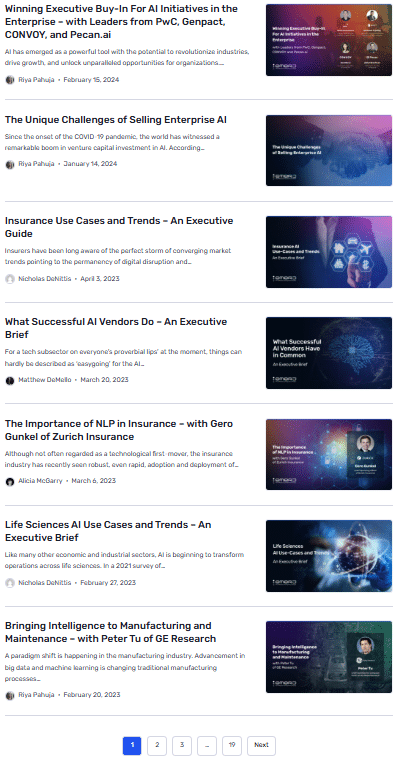In-Depth Analysis
Consistent coverage of emerging AI capabilities across sectors.

Artificial intelligence Best Practice Guides are designed to help business leaders understand critical information about applying artificial intelligence applications successfully. Search our full set of executive guide reports below:
